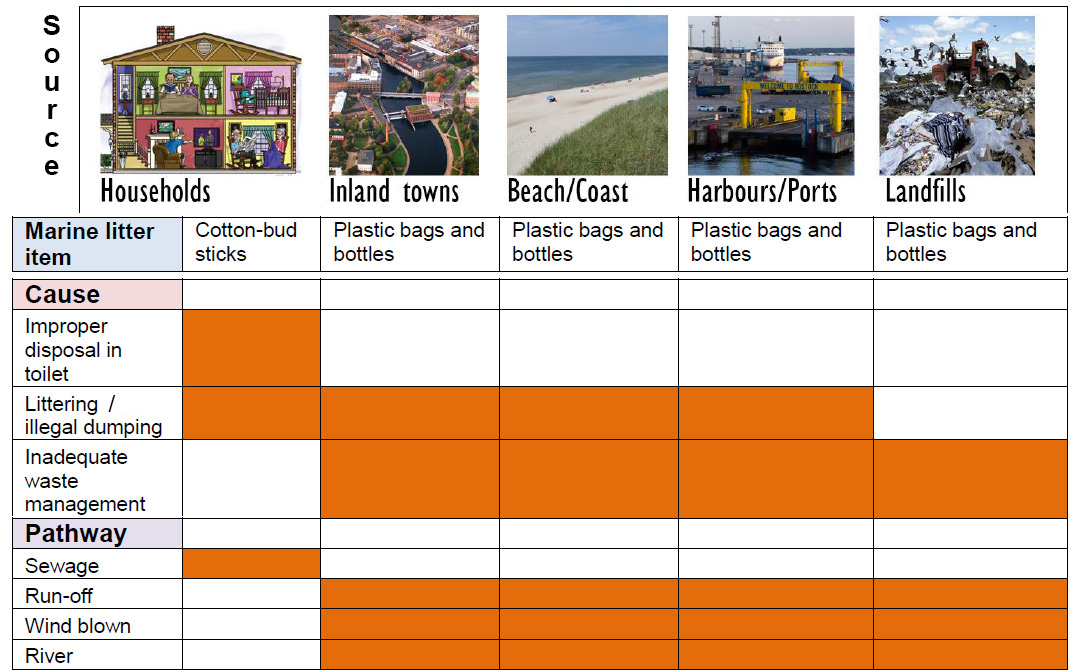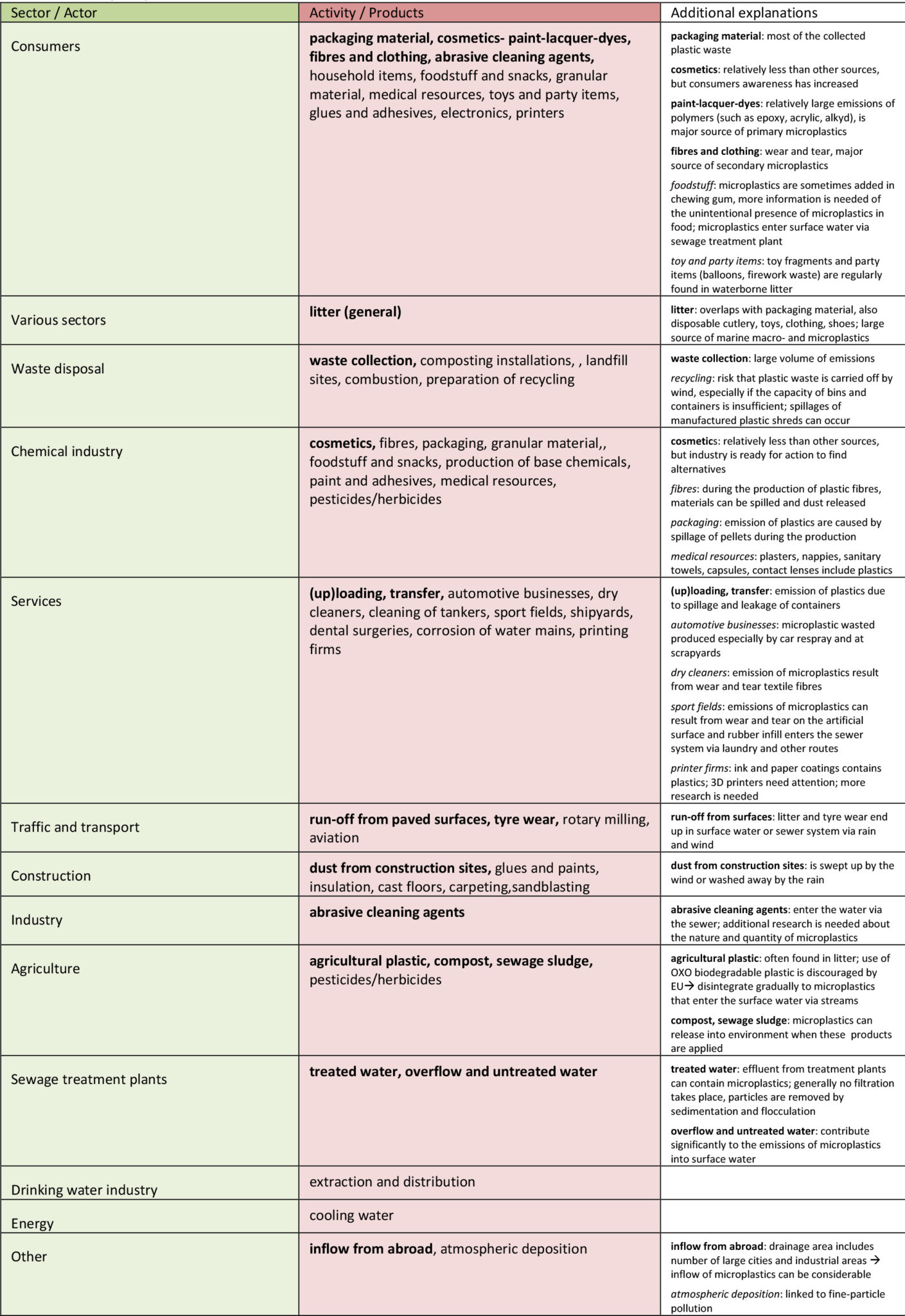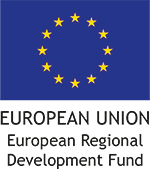Land-based sources
A general option exists that most of the marine litter originates one way or another from land; some of the most important land-based sources of larger plastic objects include construction, household goods, packaging, coastal tourism, and food and drink packaging. Land-based litter load can come directly from the shoreline caused for example by tourism or it is transported from distant areas such as inland towns and industrial sites via rivers and wastewater pipelines.
The extent and effectiveness of waste collection and management (water and solid) affect considerably how much of the land-based larger plastic objects enter the sea. The amount of microplastics passing through wastewater treatment plants depends on the adopted treatment steps and the procedures and varies significantly by region and countries. Rivers act as a conduit for significant amounts of macro- and microplastics; especially if the catchment area includes urbanized and industrial centers.
Table 1. Some common marine litter items that can be originated from multiple sources and pathways (modified from JRC 2016).

RIVM report on sources of microplastics
An inventory of land-borne sources of marine microplastics was presented in the Dutch RIVM report (2014). After that other reports aiming to describe national microplastic emission sources have been produced by other countries, e.g. Sweden, Germany, Norway. The Dutch report is based on expert group evaluations on the Dutch situation; concreate data about the scale of emissions was lacking for many of the sources. The aim was to prioritize the targets (sources–measures) to reduce effectively the load of microplastics entering to the sea. The most important sources of secondary microplastics were recognized to be packaging materials and disposable products. The second important sources in the assessment were textiles and clothing, roadway runoff (including tire dust), dust from constructions, agricultural plastic and input from abroad via rivers. The amount of microplastics entering via waste water, sewage sludge and compost was noted as considerable including both primary and secondary microplastic. One source of these microplastics entering to the sewer system are households emitting textile fibres released by laundry, and microbeads released from personal care products and cosmetics. In many cases the quantitative information of the amount of microplastics such as in cosmetics, paints, and products used for cleaning and polishing was missing. Later studies have brought up the role of traffic related microplastics (tyre dust and road marking materials) as the number one potential emission source.
Table 2. The sources of microplastics listed by sectors/actors – activity/product. The priority scores 6-9 (from 1-10) are printed in bold (modified from RIVM 2014). (Open in full size here)


